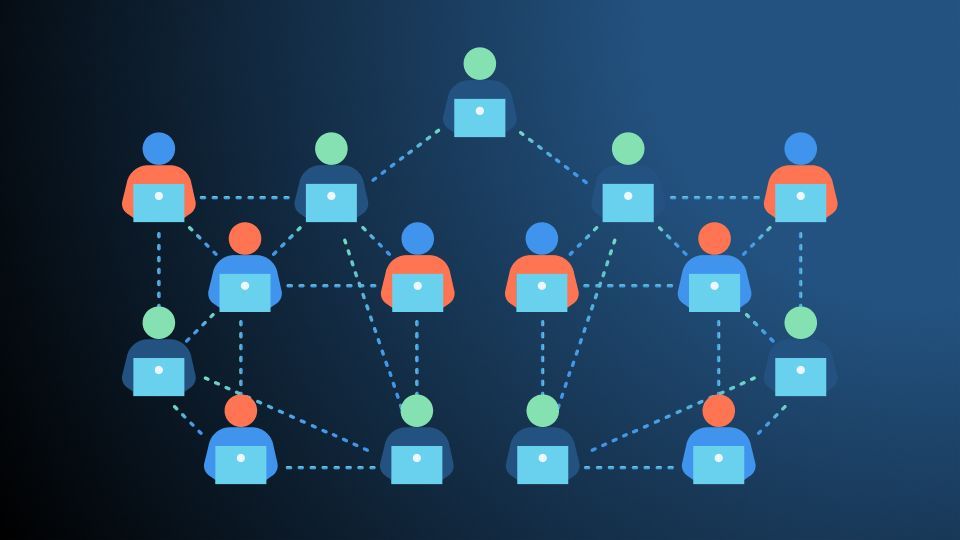
In a 2021 FlexJobs survey, 4,612 people were asked what kind of working arrangement they would like in 2022. An astounding 97% of the respondents wanted to work remotely, either full-time or in a hybrid structure. Distributed teams are not the future, they are the present. Since the pandemic, millions of companies have gone through the painful process of understanding how remote teams work – from assigning work to managing a team to keeping up morale. In uncertain times, delivering high-quality results with strict deadlines and a budget to stick to can be a challenge.
At Gigster, this is the exact business model we’ve spent over five years testing and perfecting.
In the blog, we’ll cover why your business should make the shift to a global workforce and three noteworthy benefits of doing so.
Why Companies are Making the Shift to a Global Workforce
This analysis of over 800 jobs in 9 countries by McKinsey reported some staggering numbers when it comes to remote workforces globally. Not only are employees happier and more productive when working from home, but they also save hours every day by not commuting to and from their offices and can better stick to deadlines as part of the team. Many companies have also been outsourcing talent for a faster turnaround on urgent and important projects.
Read More: How Remote Work Fuels Business Success
As an app development talent management and delivery platform, we at Gigster strive to maintain exactly this. Without having to deal with over-budgeting or risking delays, 900+ companies have trusted us on successful projects. Although making the shift to a hybrid work model can be a daunting affair, it comes with more than its fair share of advantages. Here are 3 noteworthy benefits of working with a distributed team:
1. Sourceing a Talented Group of Individuals is Easier Today
According to Gartner, 51% of all knowledge workers globally are working remotely. So, with no shortage of talent working remotely, it would appear to be easy to hire a project manager, a developer, and a designer and assign a project for them to complete by working together remotely. However, there are hurdles beneath the surface.. There is a massive difference between recruiting a bunch of workers and expecting them to coordinate perfectly, versus recruiting a cohesive team of experts.
Experienced managed service providers know how to connect your goal with your project and maintain clear communication throughout the process. Add to this the expertise needed to work in data-heavy fields like AI/ML and blockchain, and you realize how important it is to find that perfect mix of talented individuals who can bring your dream project to reality.
Finding exactly the right person for the project is difficult as it is, but keeping geographical constraints in mind can make it nearly impossible (not to mention very expensive for the company). When you have the entire world’s talent in the pool, it’s a win-win situation.
Read More: How to Build a Remote Team
2. Operating in the Cloud Improves Distributed Team Management
With the evolution of the cloud, you can work with, manage, communicate and share resources with your team easily, no matter where they are in the world. Workforce management and collaboration technology is rapidly improving the quality of available tools and ease of use while lowering the risk of security breaches and operating costs. Cloud computing reached $396 billion in 2021 and is only expected to grow in 2022.
With everything from storage to project management to video conferencing to virtual office tools being on the cloud, distributed teams are a perfectly viable solution. Clear benchmarks can be set, every team member’s contribution is visible, and evaluation is transparent. Gigster’s Innovation Management Platform calibrates multiple elements throughout the duration of a project to manage talent when working remotely.
With cloud-first delivery practices and agile processes, Gigster is able to leverage the best collaboration tools for efficient remote work. This way, you can 10x the talent with absolutely zero ramp-ups. Using business communication tools like Slack for messaging and Github for code management, it’s easy to manage the team, address any concerns right away, and have access to round-the-clock support despite time-zone differences.
3. Reducing Overhead Expenses
From the office’s infrastructure to travel reimbursements and inevitable productivity slumps during the daily coffee breaks, there are a hundred different ways to cut back on costs without having to cut back on quality. Adopting a global workforce simply means you have more resources left over to dedicate to the expansion of your company.
While traditional employment comes with regular expenses of full-time employee management amounting to tens of thousands of dollars, hiring remote teams for your projects has no recruitment or termination costs without having to compromise on the quality of the final deliverables.
Final Thought
Gigster’s customers see an average 30% gain in cost-efficiency. In fact, hundreds of our clients have noted how much time, energy, and money they saved by outsourcing talent for building their websites and applications over the years. While most companies were prepared for a version of remote work prior to the pandemic, it’s definitely accelerated the process and methodologies needed to thrive since then.
In 2022, we can expect nothing but growth as more and more businesses make the switch to distributed teams and outsource talent from a pool of global talent. Two-thirds of respondents from this ‘Global Workforce Revolution’ report by Remote said they planned to increase flexible and remote work arrangements.
Instead of micromanaging, Gigster periodically calibrates the talent performances to not only keep up the quality of work but also provide a way to identify and reward top performers. Remote work is here to stay, and it’s imperative businesses start making the change to a global distributed workforce and embrace it for all its advantages. Get in touch to know more.
